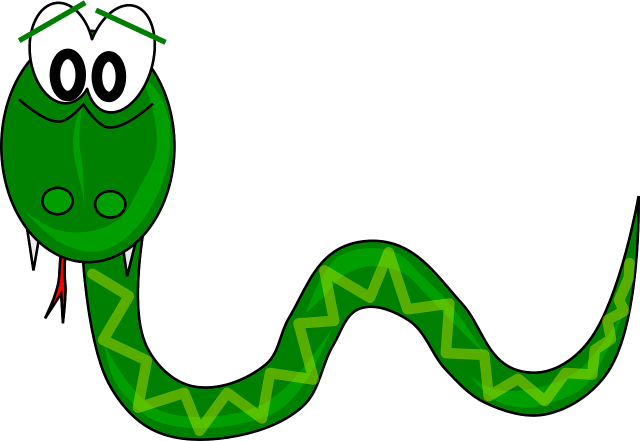Snake Bites - Bushwalking Victoria
While the chances of a snake bite are fairly low the consequences of a snake bite can be very serious or even fatal. Most venomous snake bites in Victoria are from tiger or brown snakes.
There are 100 to 200 severe cases of snake bite that need antivenom in Australia each year. Half of all cases involve people interfering with snakes and one in ten cases are snake handlers.
Prevention
Snakes may occasionally be encountered while bushwalking. Unprovoked, snakes rarely attack humans. Therefore, do not disturb a snake in your path and alert other members of your party to give it a wide berth. Always wear stout footwear and be observant. Take particular care in warm weather, long grass, hollow logs, near water or rocks in sunny positions. Watch and look out when stepping over logs or gathering firewood.
Wear long trousers and/or gaiters in areas where snakes are prevalent. Snakes cannot hear but they can detect vibrations through the ground, so walking heavily (stomping) may warn them of your presence and encourage them to flee from your path. When camping, use a tent with an integral floor and always zip up the doors. Use a torch at night.
Recognition
While some victims know they have been bitten, some do not. Symptoms may appear 15 minutes to 2 hours after the bite and may be mild or severe, depending on the species and the bite. Symptoms include double vision, headache, nausea and vomiting, sweating, faintness, diarrhoea, chest pain, difficulty swallowing or breathing, swollen lymph glands in groin or armpit, drowsiness.
Treatment
Seek immediate medical help by calling 000 Emergency Services and advise the walker's emergency contact person.
Many Australian snakes are venomous so follow the first aid techniques.
- Use a pressure immobilisation bandage and splint the limb.
- If the person was bitten on the torso, make sure bandaging doesn’t restrict their breathing.
- The use of Aero Form snake bite bandage with indicatoris recommended as well asSetopress High Compression Bandage.
The principle of the treatment of snake bites is to slow the movement of the venom in the body down by keeping as STILL as possible and apply firm pressure at the entry point.
When it bites, a snake injects venom into tissue, not directly into your bloodstream. Venom then travels from tissue fluid into the lymphatic system and will eventually flow into veins then enter the bloodstream. Applying a pressure bandage around the location of the snake bite and immobilising the patient slows down the movement of lymph fluid.
The lower leg is the most vulnerable to a snake bite when bushwalking. When someone is bitten:
- Immediately apply firm pressure over the bite site.
- Lay the victim down and keep them calm and at complete rest.
- Apply a broad firm bandage to the bitten area and around as much of the limb as possible, without removing clothing if this means moving the limb. Bandage as tightly as for a sprain and work up the limb to include the joint above the bite site. Bandages with indicators showing the compression applied are recommended.
- Immobilize the limb with a makeshift splint.
- Constantly observe the patient for shock and respiratory failure. Dispatch other members of the party with knowledge of your location to bring outside help to transport the patient.
- If external help is unavailable, the best option is probably to rest for a day or two then proceed to the nearest civilisation taking care to minimize stress to the patient.
- Do NOT remove bandages or splints on reaching medical care, the treating doctor will make that decision.
DO NOT deliberately disturb or try to kill a snake.
DO NOT walk in sandals or thongs.
DO NOT cut the location of the bite.
DO NOT wash the skin - traces of venom left behind might be needed by medical personnel to identify the snake
DO NOT apply an arterial tourniquet.
DO NOT attempt to suck the poison from the site of the bite.
See also Safer Care Victoria Snake Bite Information Brochure

